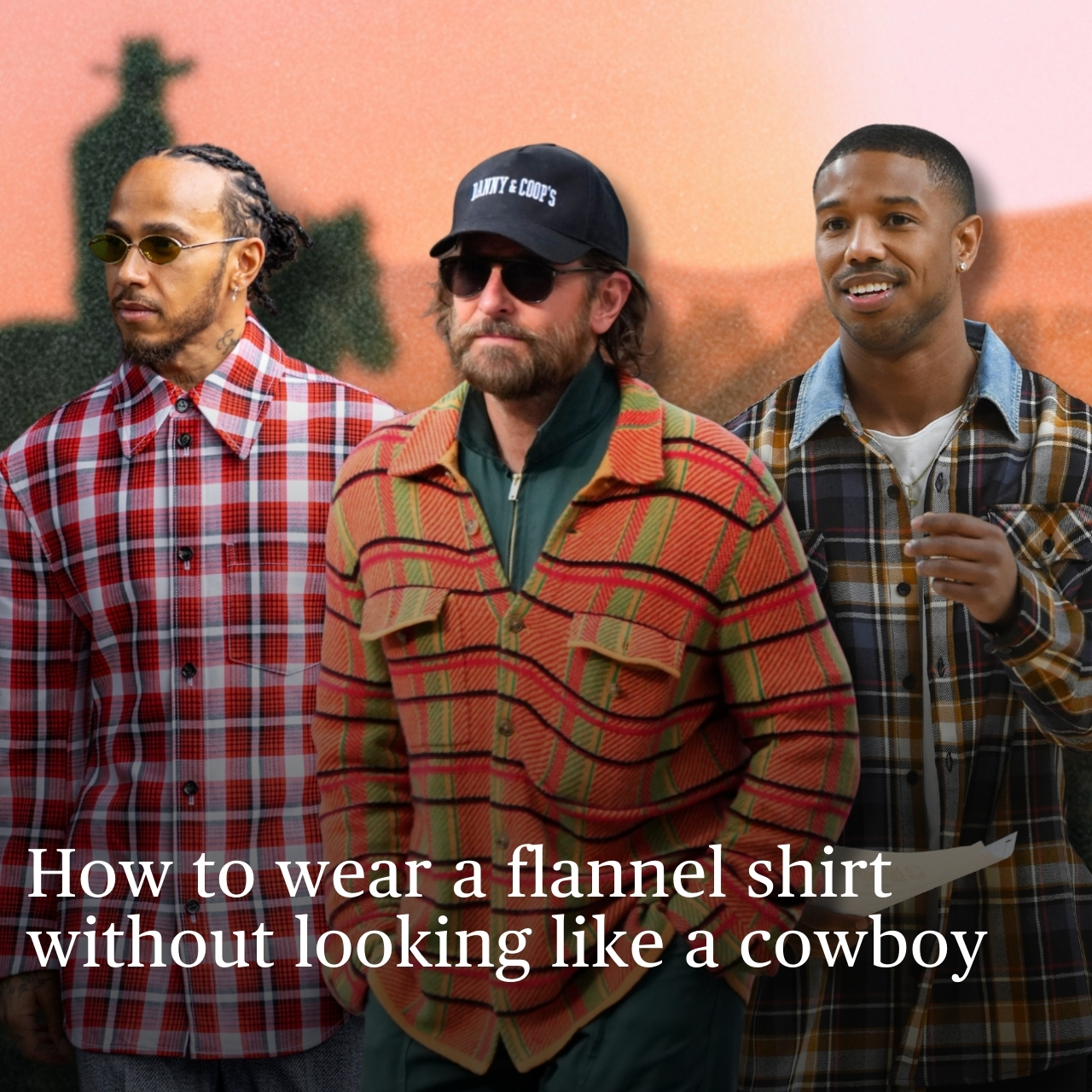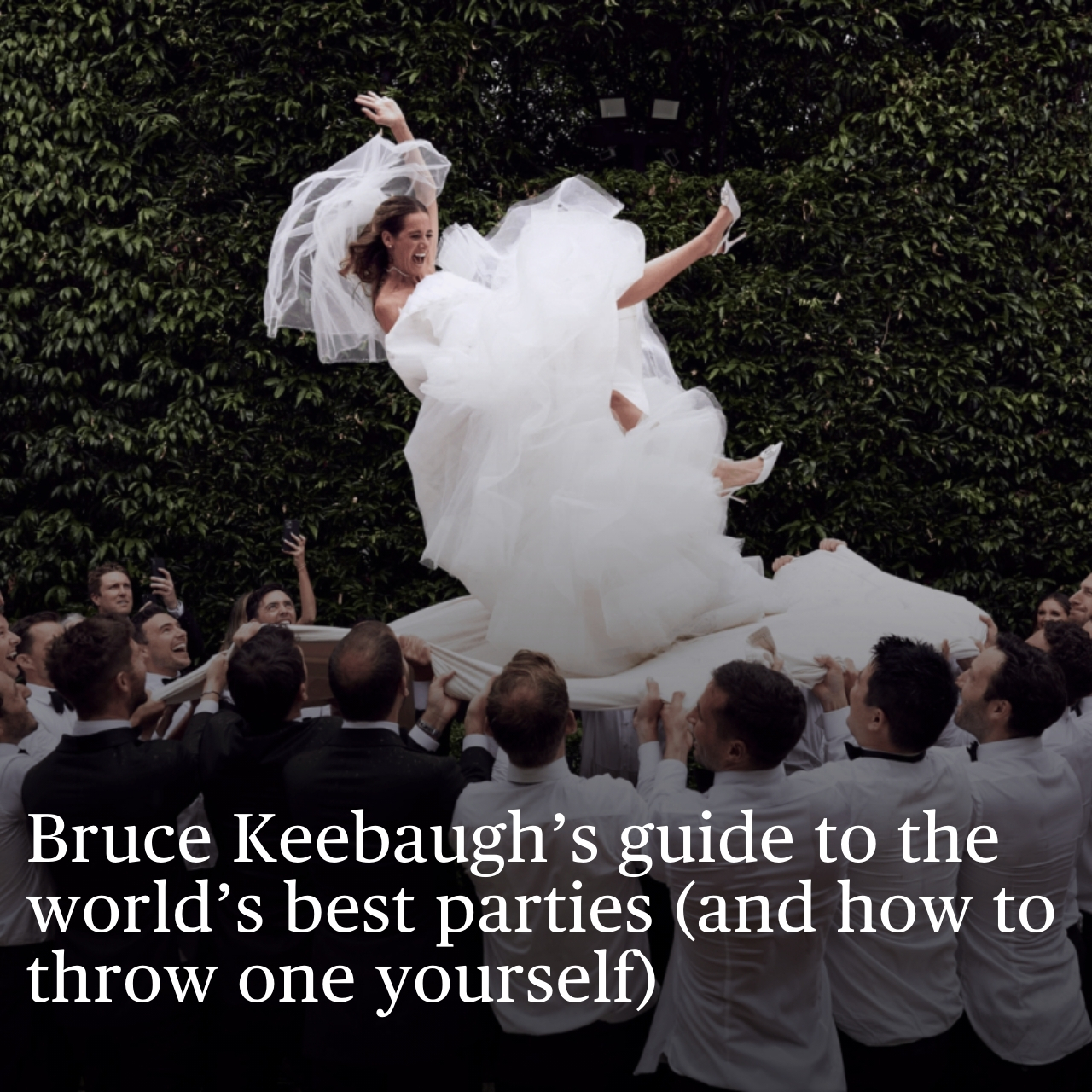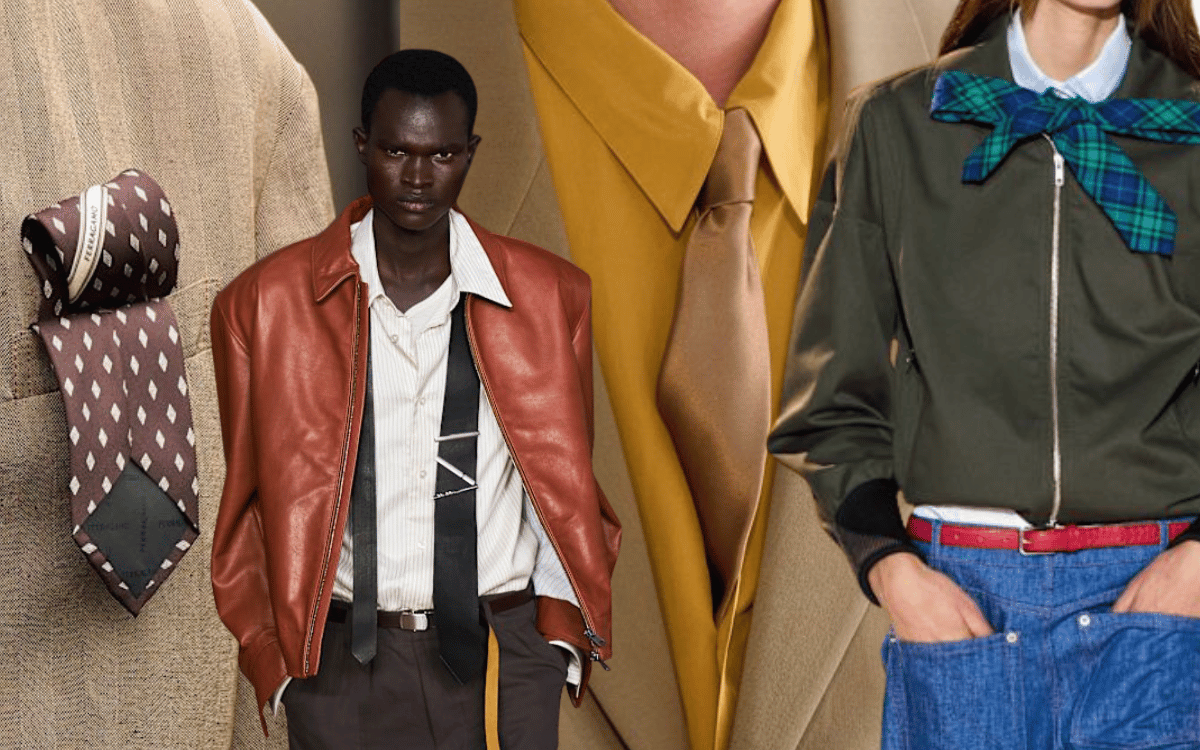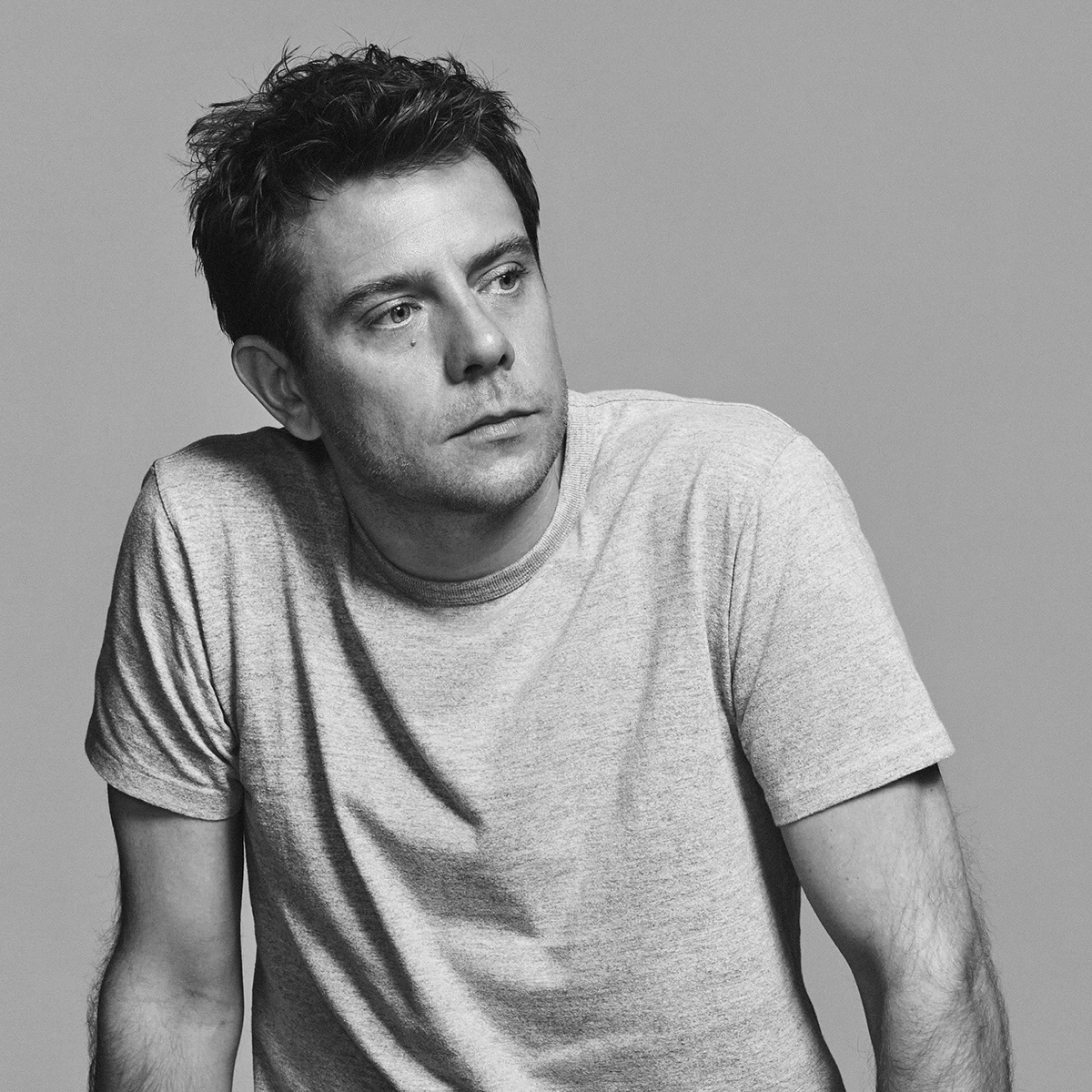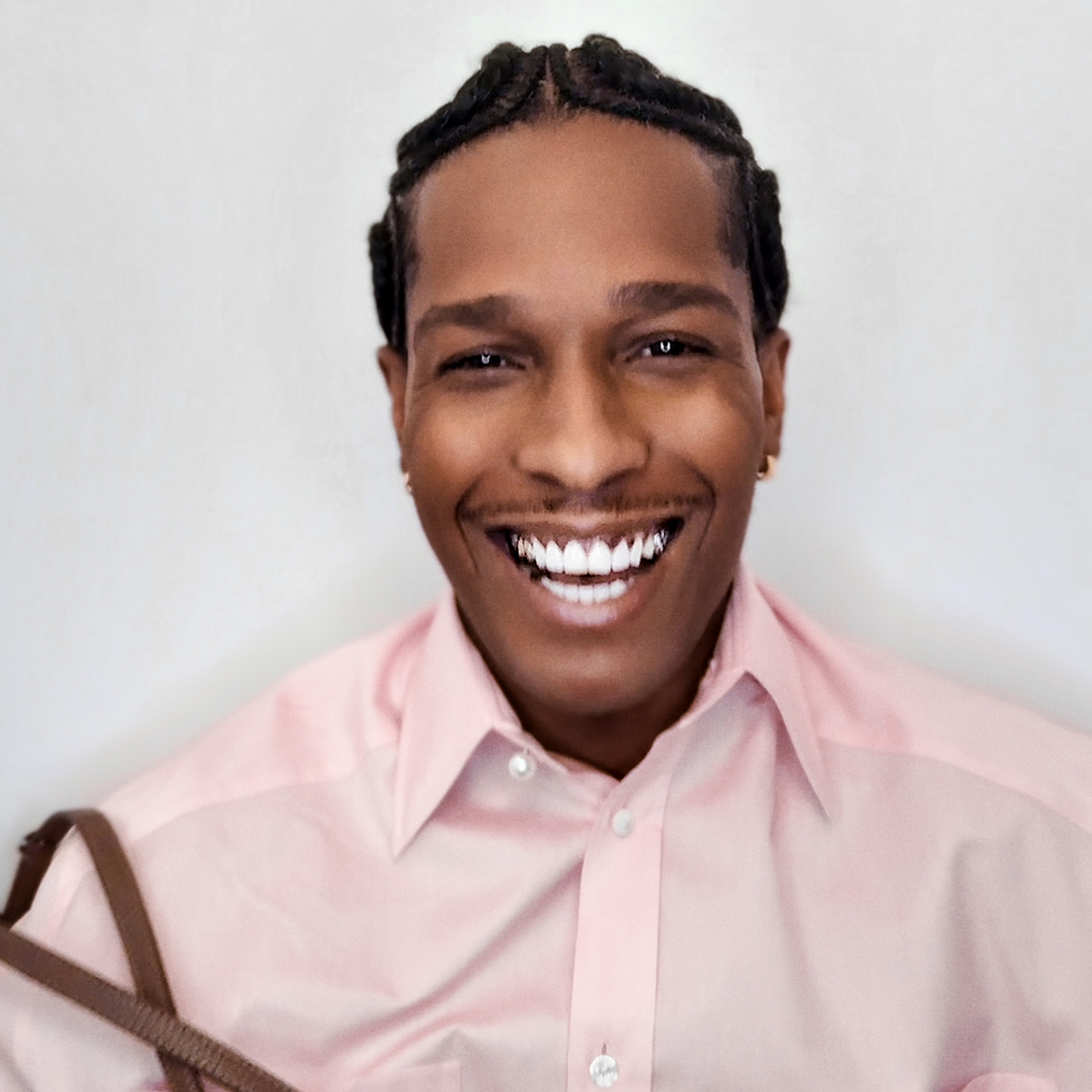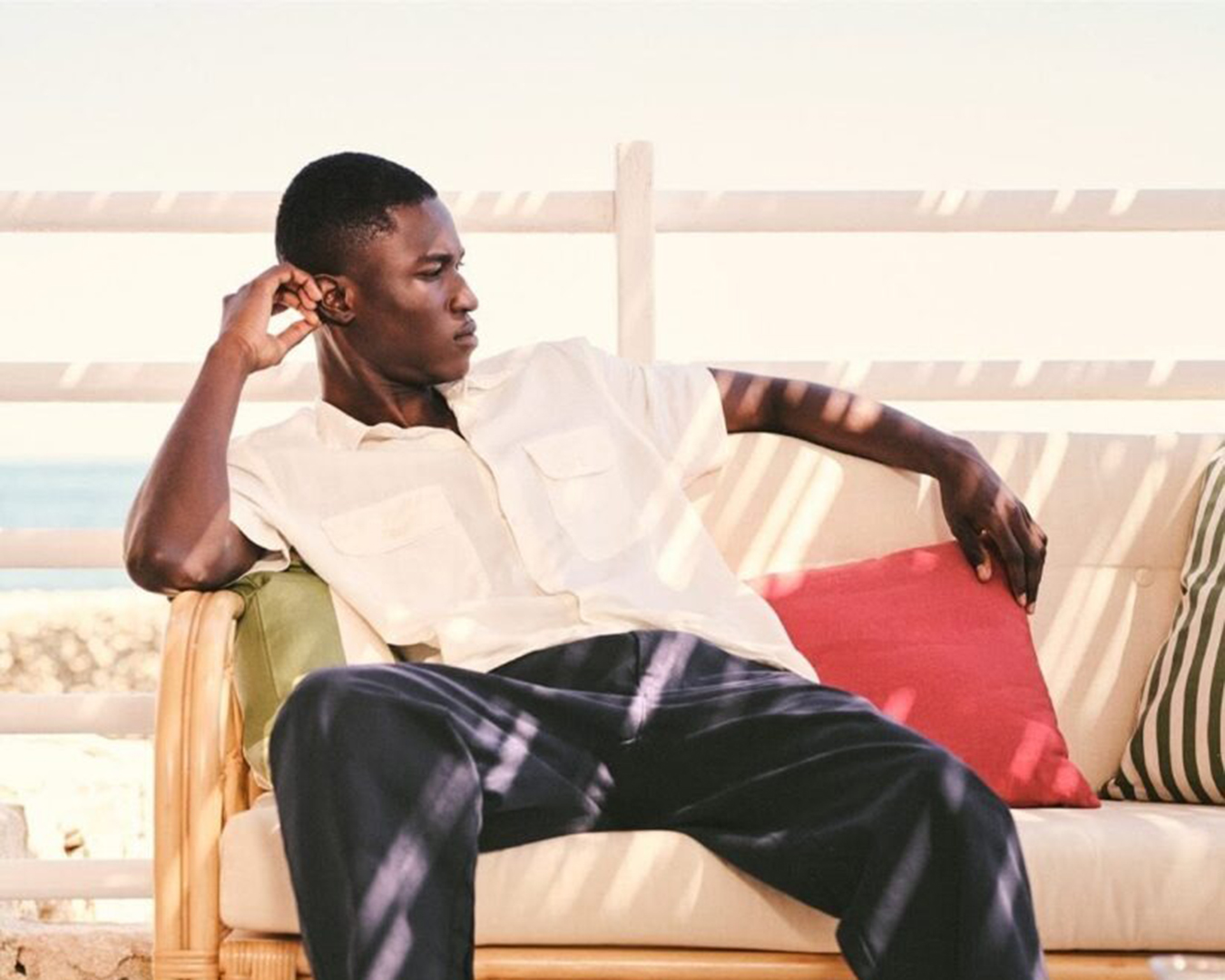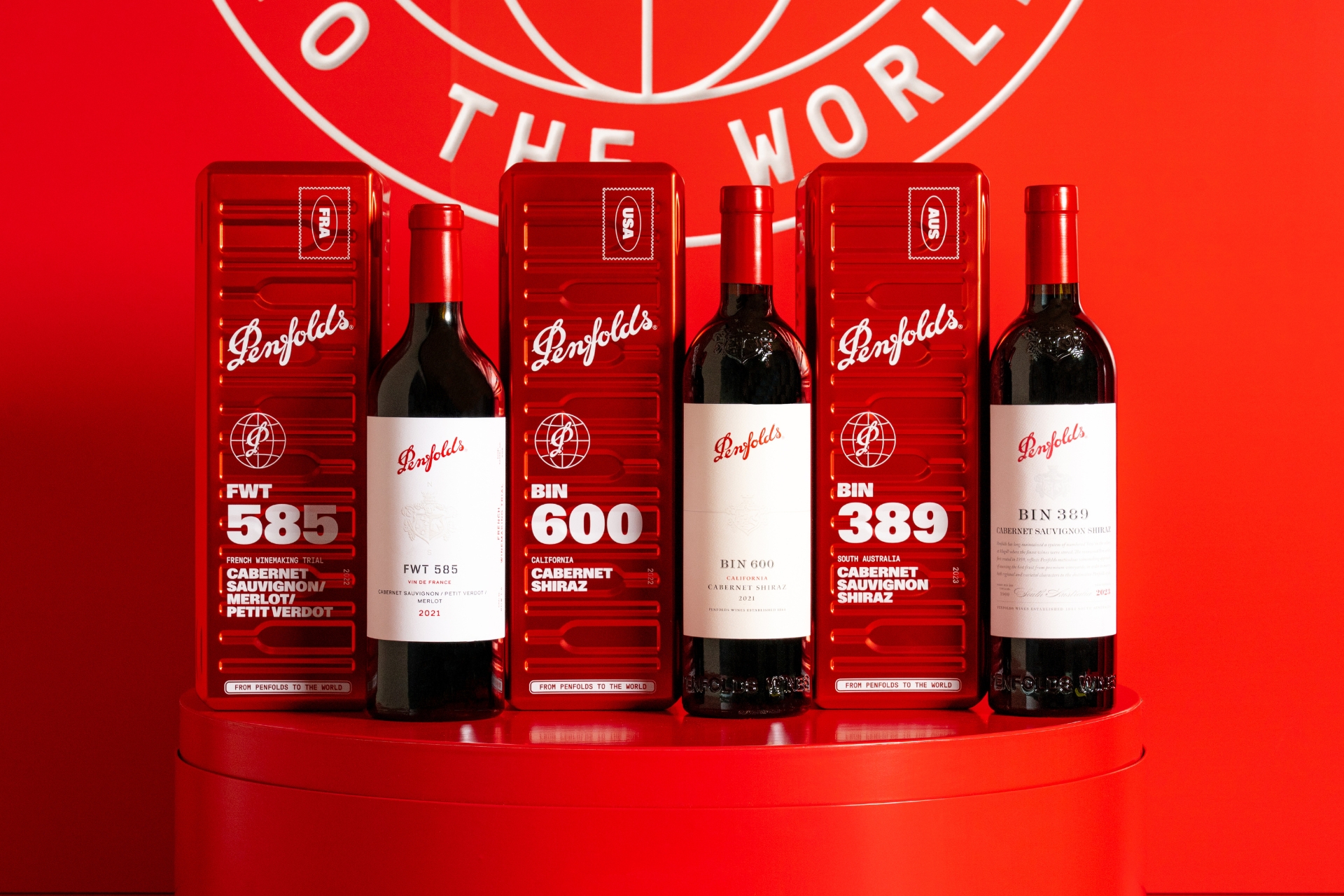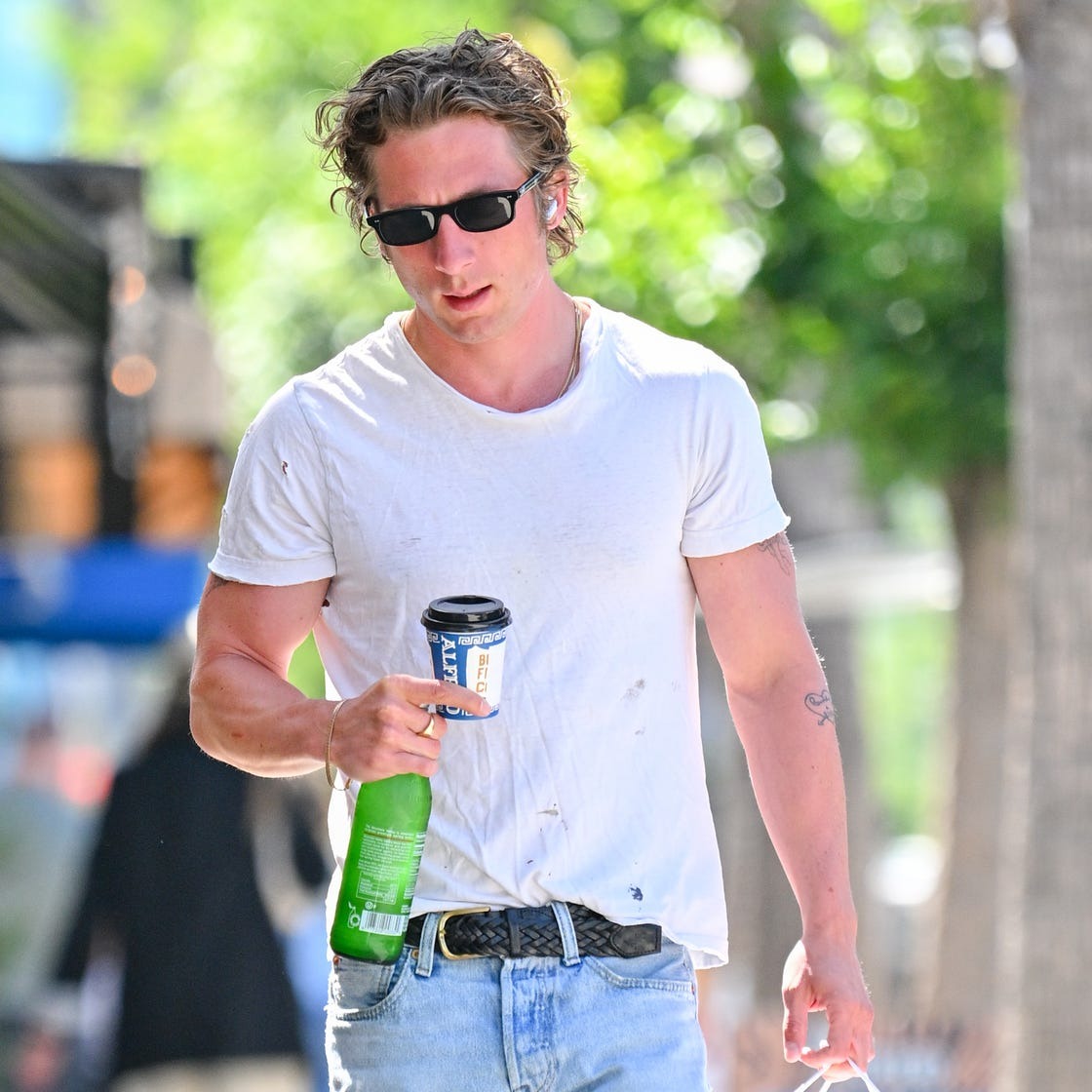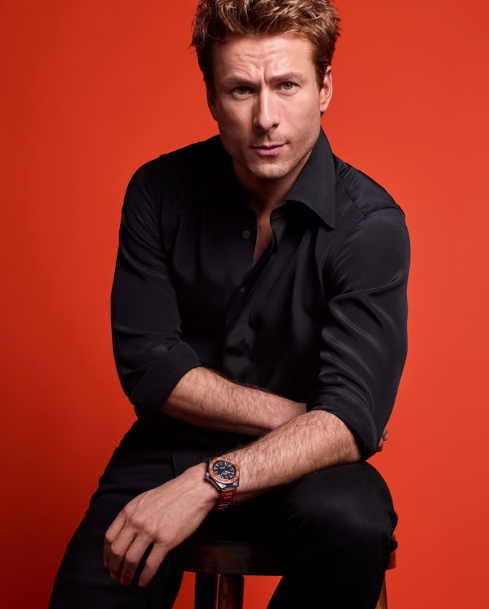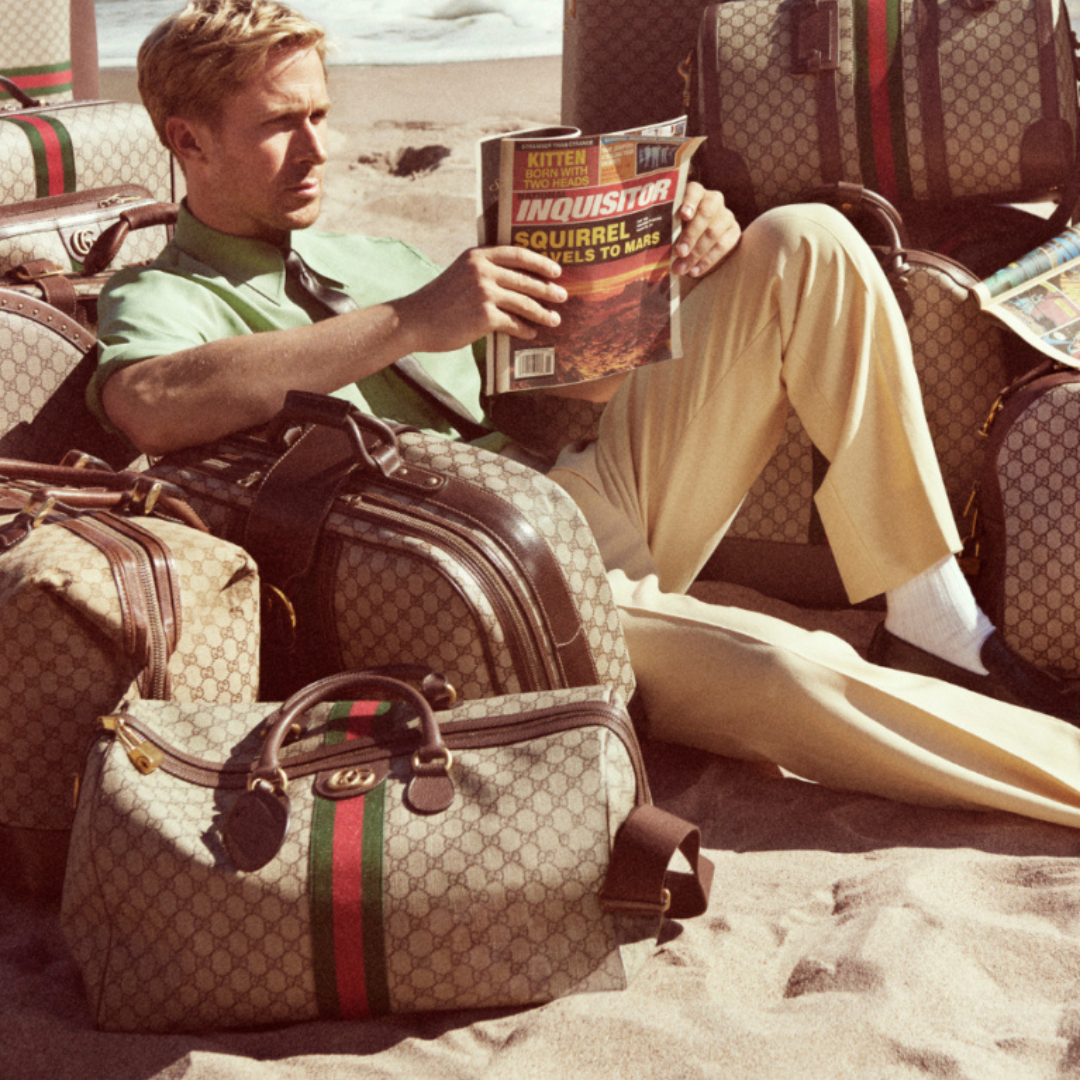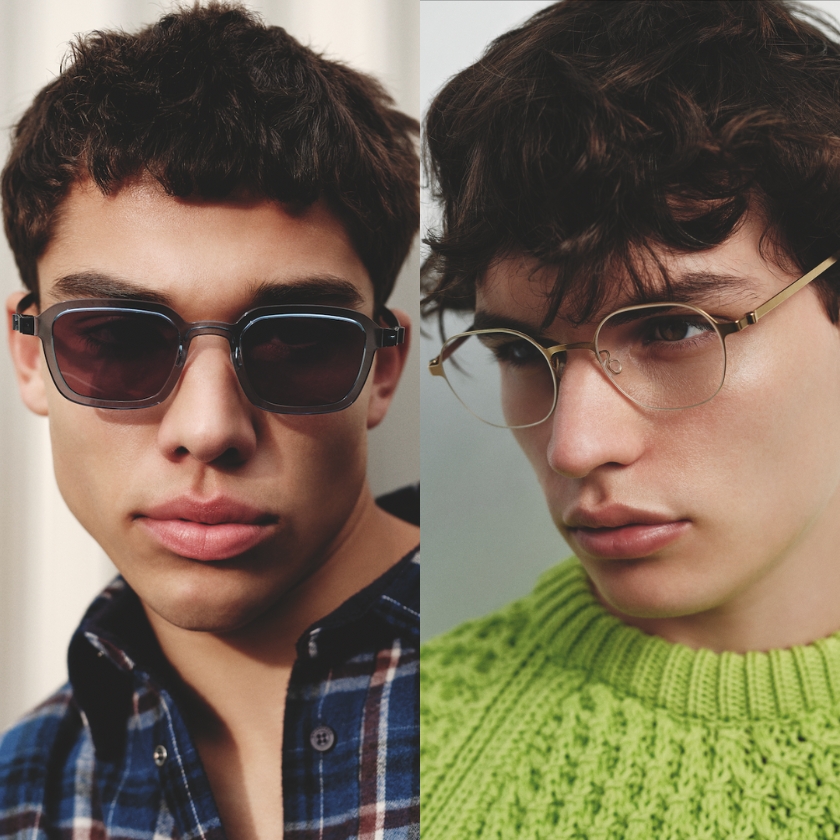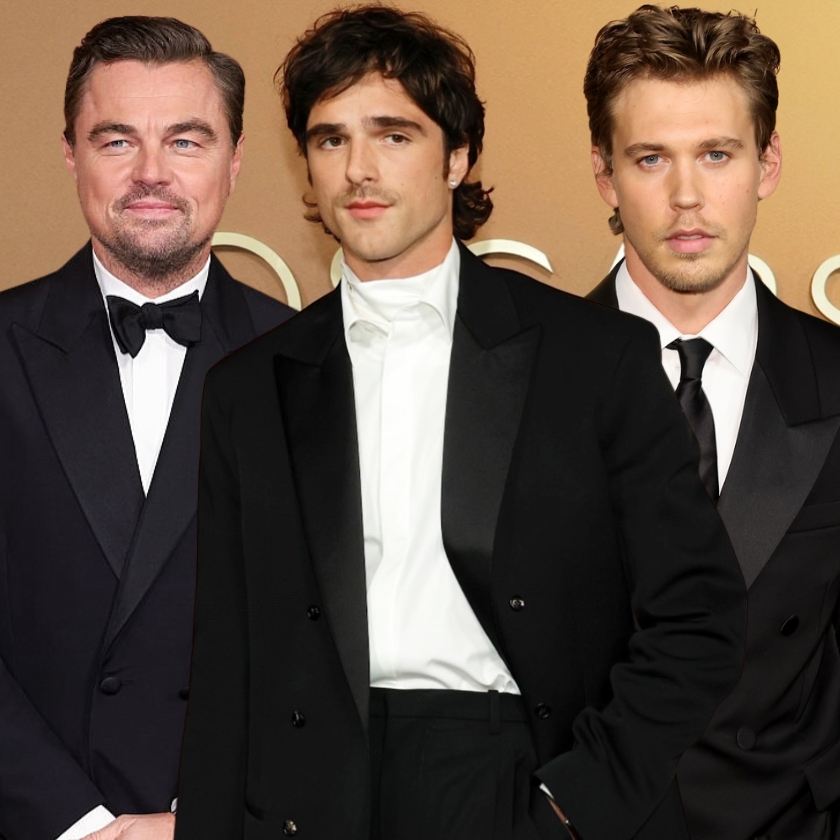From pyjama power moves to micro shorts mania: the biggest menswear trends of spring/summer 2026
Esquire reports from the just-wrapped SS26 shows
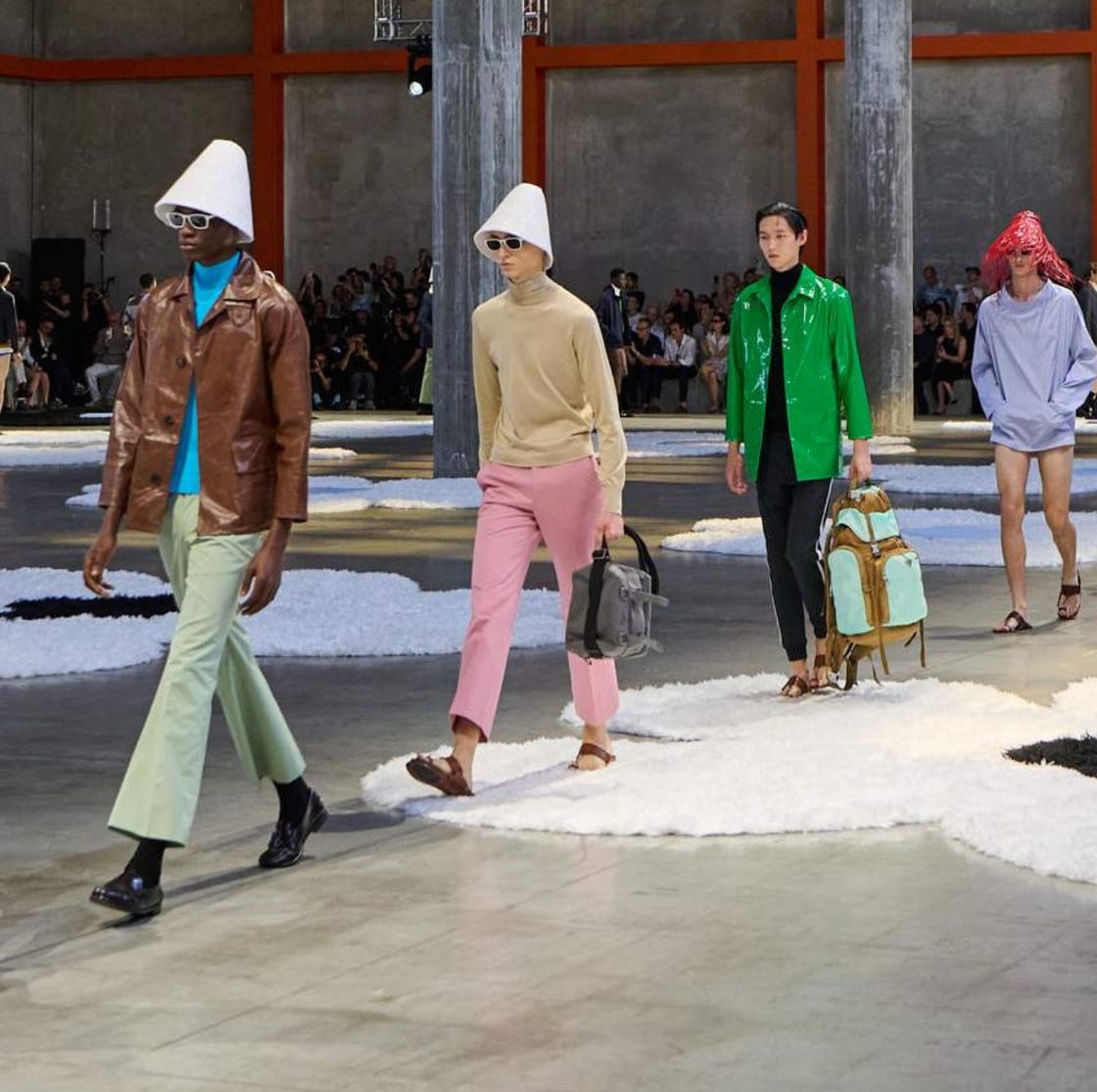
NOW FULLY RECOVERED from a whirlwind tour of the shows, Esquire can confirm: the spring/summer 2026 menswear season represented a significant recalibration.
Following years dominated by logo-centric streetwear and highly merchandisable aesthetics, many of the most influential houses refocused on fabric, silhouette and construction.
Clothes that spoke for themselves, in other words.
The shift was evident across Milan, Paris and Florence, where designers took a more considered, deliberate approach than typified recent years.
The menswear on show for spring/summer 2026 focused on a wardrobe grounded in tailoring, function and character – and was all the more appealing for it.
Below are six defining trends that will come to shape the season’s direction.
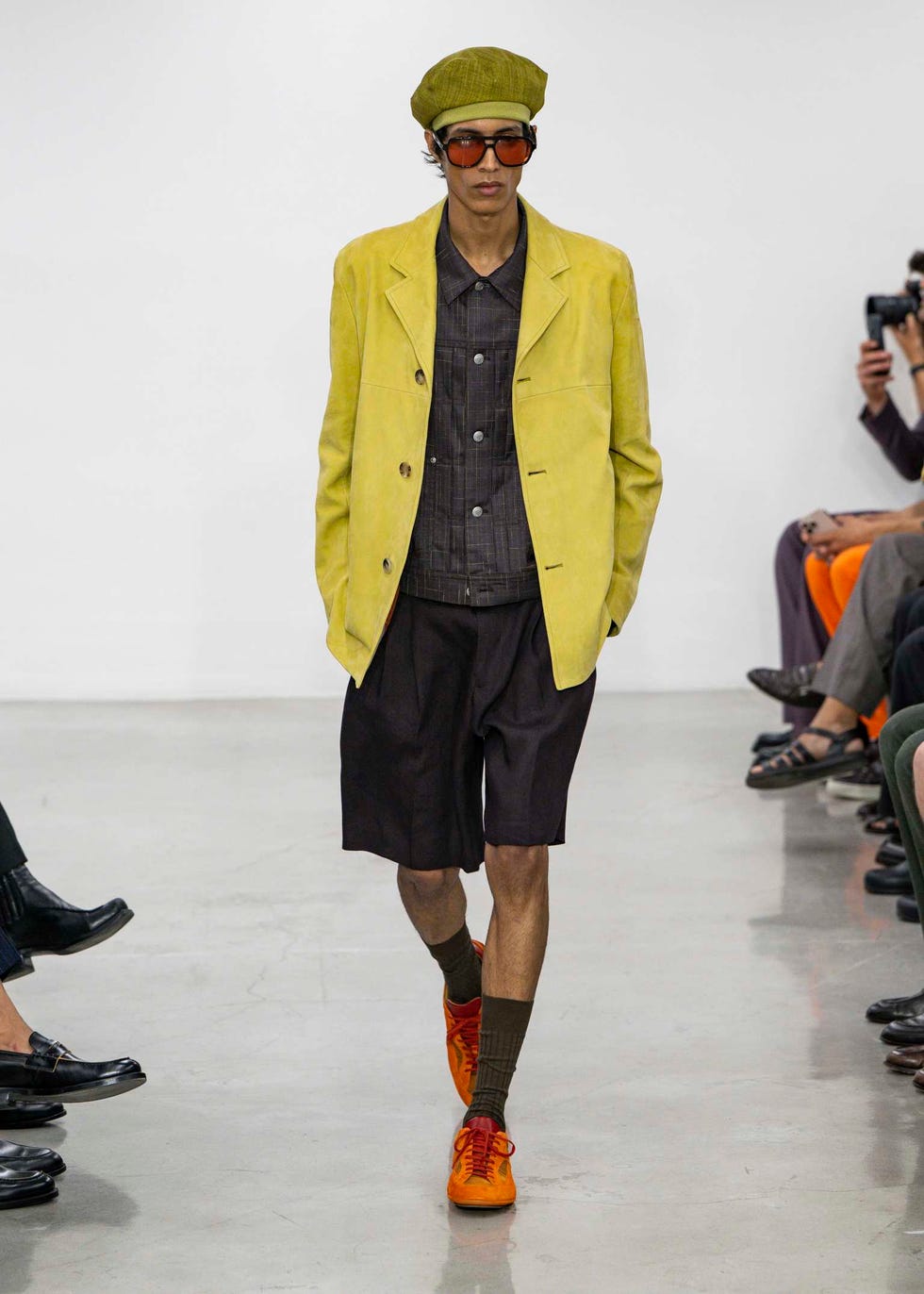
Holiday-ready leisurewear
Spring/summer collections have long gestured towards escape, but this season designers approached the idea with particular clarity.
Resortwear was grounded in function and refinement – think tonal dressing and natural fibres, silhouettes that were relaxed but still precise, with plenty of camp-collar shirts, drawstring trousers, linen blazers, raffia-based accessories and deck shoes on show.
Coastal and urbane? Yes, you can have both.
Paul Smith (Milan) led with citrus-print shirts and tailored shorts, accessorised with raffia hats and string bags of citrus fruit.
Giorgio Armani and Prada grounded the trend with linen trousers, silk-knit polos and 21st Century boat shoes, reflecting a lifestyle rooted in comfort and quiet sophistication.
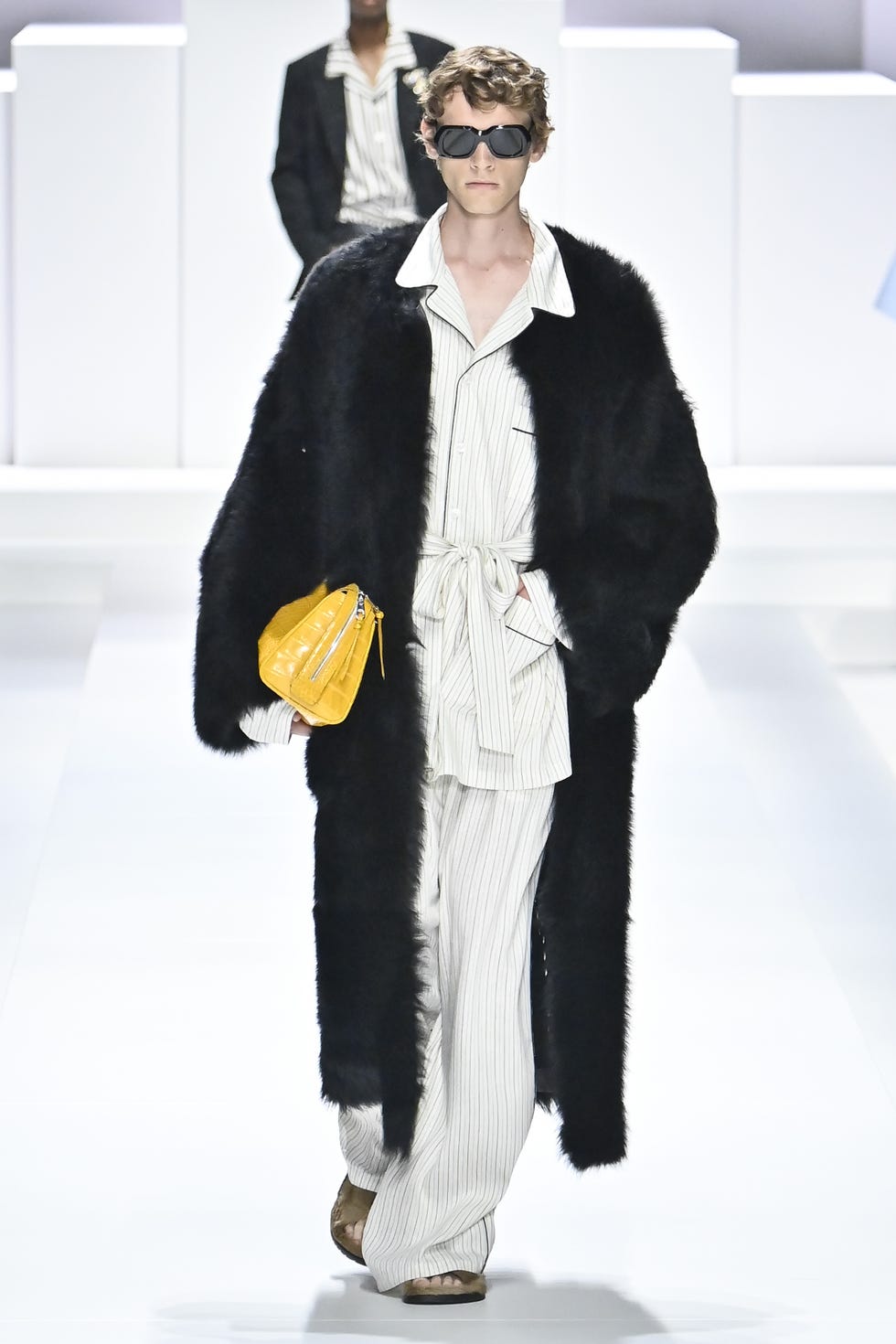
Pyjama dressing for daytime
Designers proposed a new form of formalwear – it was, essentially, nightwear.
Dressing in pyjamas was reframed as an intelligent daywear solution, with silk matching sets, piped cotton shirts, robe jackets and slipper-inspired footwear forming the basis of several key collections.
This wasn’t a stunt – the emphasis was on silhouette and tactility, and the effect was more Bond Street than Mr Bean.
At Dolce & Gabbana, silk pyjamas were worn with open robes and slippers, accessorised with shaded, bringing new meaning to the idea of wearing sunglasses at night.
Emporio Armani presented tonal separates in cotton and silk blends, favouring unstructured jackets and drawstring trousers layered with lovely fine-gauge knits.
In Paris, Wales Bonner offered a minimal interpretation of the trend – striped loungewear shirts cut long and loose, and paired with high-waisted trousers.
This movement could be said to signal a broader post-pandemic shift towards ease and elegance – an embrace of garments that prioritise comfort without compromising structure.
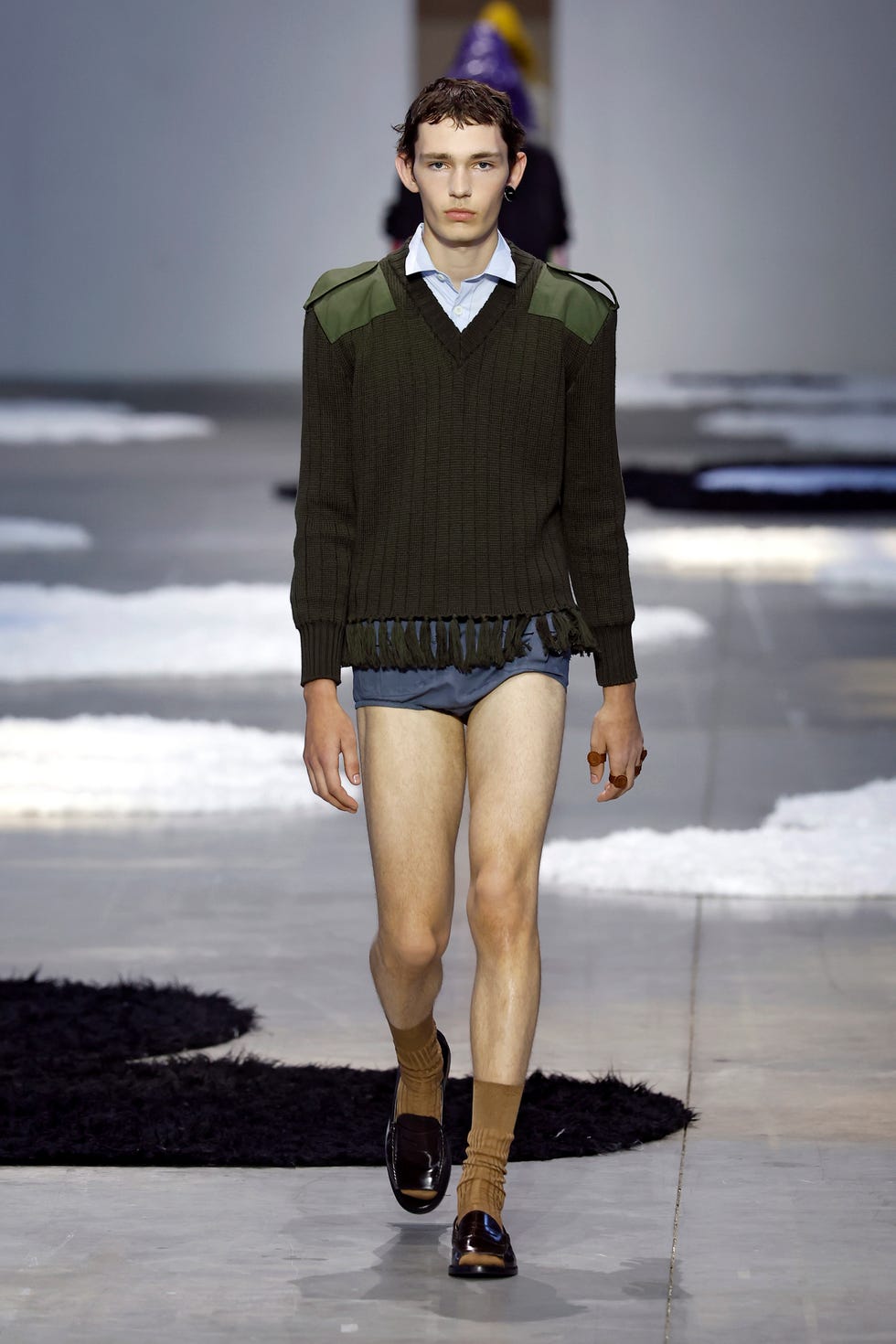
Micro-shorts and elevated swimwear
Short-shorts were a feature of several catwalk collections, with designers daringly introducing the teeny-tiny bottom-halves into a tailored wardrobe.
Swimwear references abounded, with belted trunks, pleated micro-shorts, sarong-style wraps and terry-cloth textures.
Prada and Dries Van Noten cut shorts with high rises and sharp lines, styled with oversized shirting, tailored jackets and sandals.
Emporio Armani offered tailored swim shorts in linen and technical blends, accessorised with leather belts and loafers.
In Florence and Paris, the sarong also appeared in remixed forms – abbreviated, structured and worn with city-ready footwear.
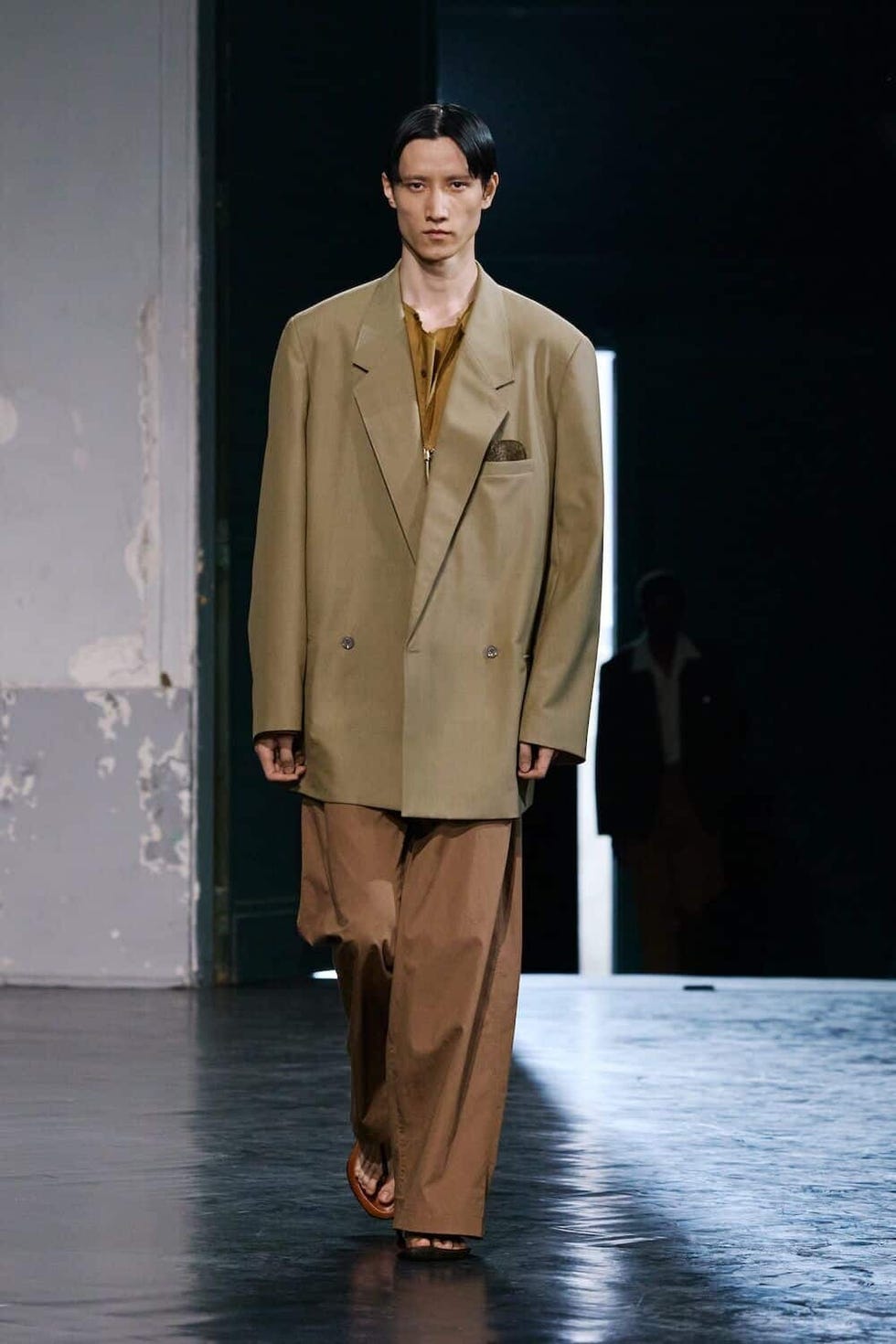
Deconstructed tailoring
Designers applied some off-the-wall architectural thinking to the traditional suit, presenting the two-piece as an adaptable structure rather than a fixed form.
Collarless jackets, wrap-front tailoring, asymmetric closures and partially constructed silhouettes were a feature of several collections – often rendered in technical cloth or soft cotton blends.
Zegna (in Milan) presented unlined, collarless jackets in neutral tones, worn open over tonal shirting.
The excellent Lemaire showcased robe-like jackets fastened with discreet tabs, layered over wide-legged trousers and minimal shirting.
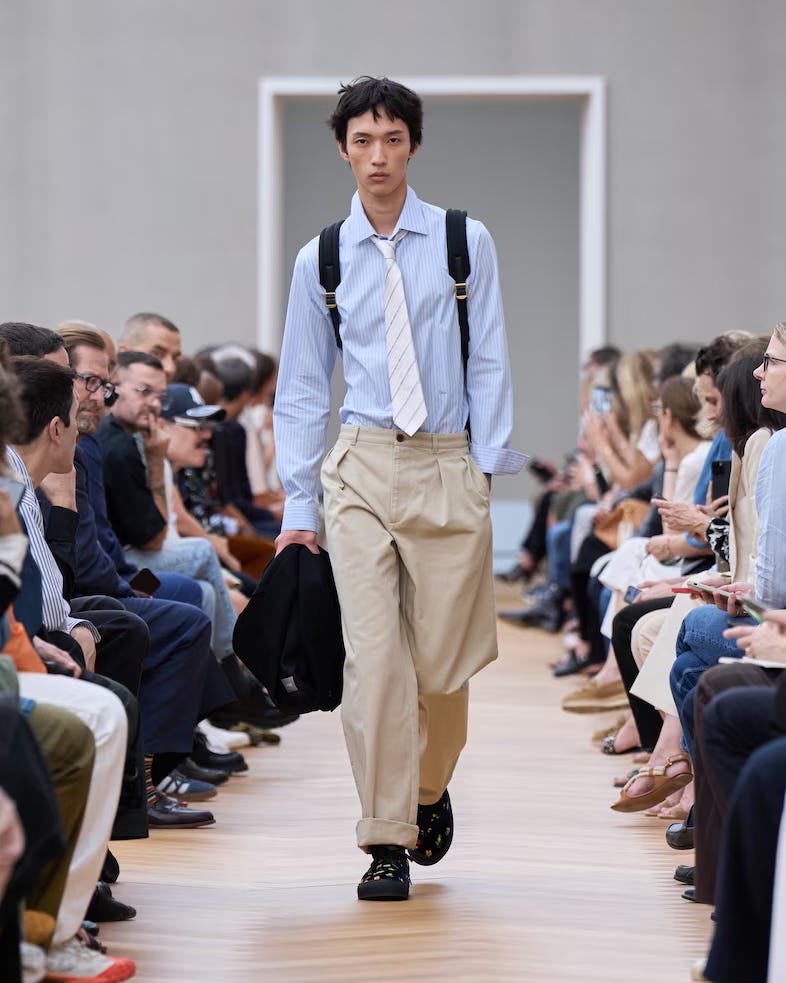
The return of prep
A revival of Ivy League codes was evident across many shows, and done with total conviction.
Designers embraced tweed tailoring, Bengal stripes, knitted vests, school crests, chinos and librarian eyewear – think Indiana Jones in professorial alter-ego mode.
At Dior, Jonathan Anderson’s debut centred around aristocratic prep.
Tweed frock coats, pleated chino shorts and untucked striped shirts were paired with pastel knits, suede slippers and embroidered plimsolls.
Accessories included literary-themed Dior totes, round-toed loafers and schoolboy ties — all filtered through Anderson’s distinctive sensibility.
Gucci applied a softer hand, offering argyle knitwear, oversized denim and collegiate layering filtered through 1990s references.
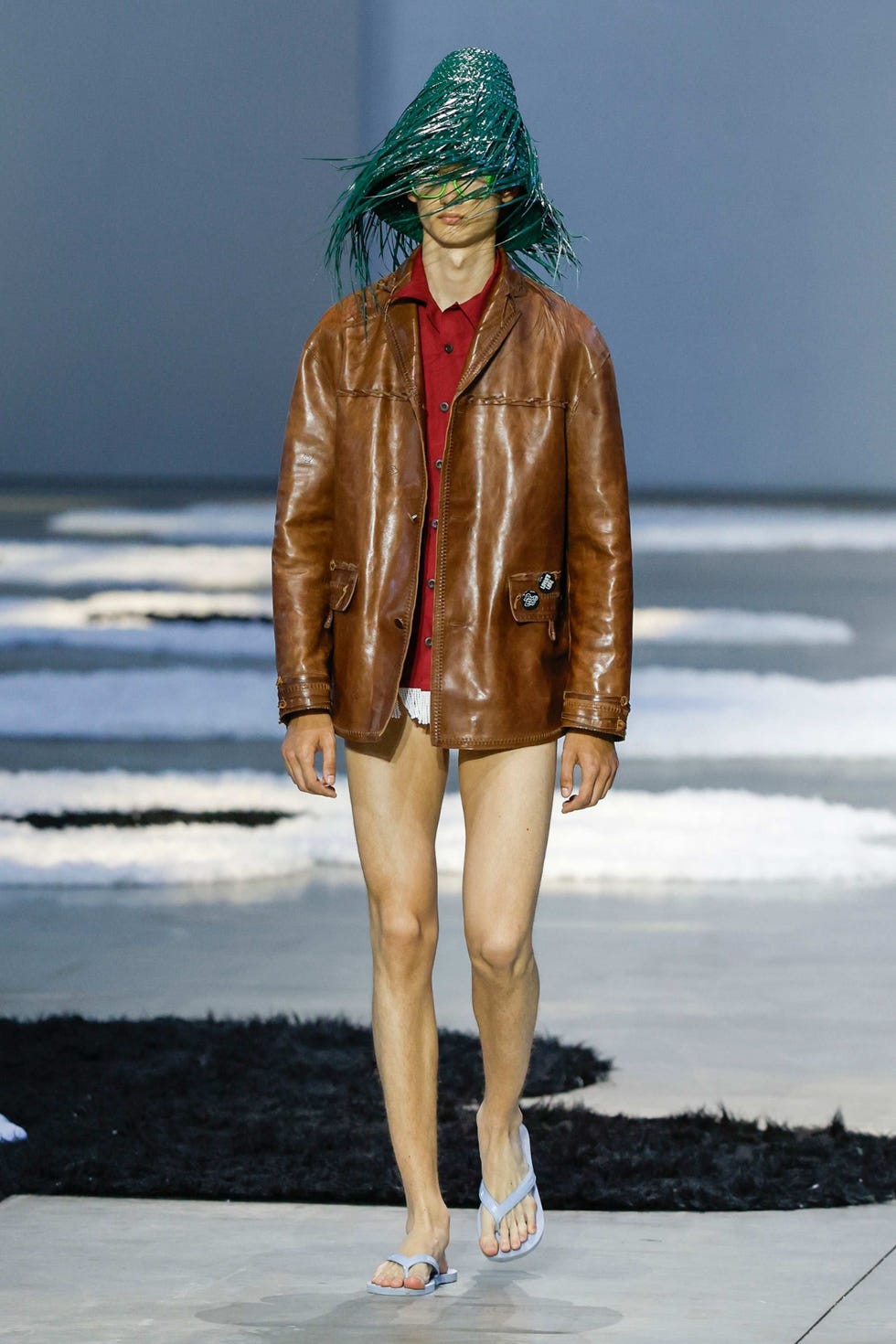
Functional footwear and flip-flops
Footwear across SS26 saw designers move away from performance trainers and towards leather flip-flops, moulded sandals, neoprene loafers, and updated driving shoes.
These shoes were pared back, constructed for versatility and often worn with tailored garments – signalling a new relationship with the budget-friendly beach-ready staple.
Prada, Louis Vuitton and Hermès led with sculpted leather flip-flops in muted tones, paired with tailored shorts and suiting.
Rick Owens introduced rubberised platform sandals and reworked gladiator silhouettes in black, grey and bone.
Tod’s returned to the Gommino, updating the classic driving shoe in suede and neoprene with some lovely streamlined detailing.
This category reinforced a broader truth of the season — that comfort, construction and purpose are no longer at odds with refinement.
As Europe basks in record weather for summer 2005, many of us can look ahead to next year and be grateful that our wardrobes will be ready to adapt.
This story originally appeared on Esquire UK.
Related:
These designer thongs cost a $1000 – are they worth it?
How the guys (and girls) are dressing for Paris Men’s Fashion Week




